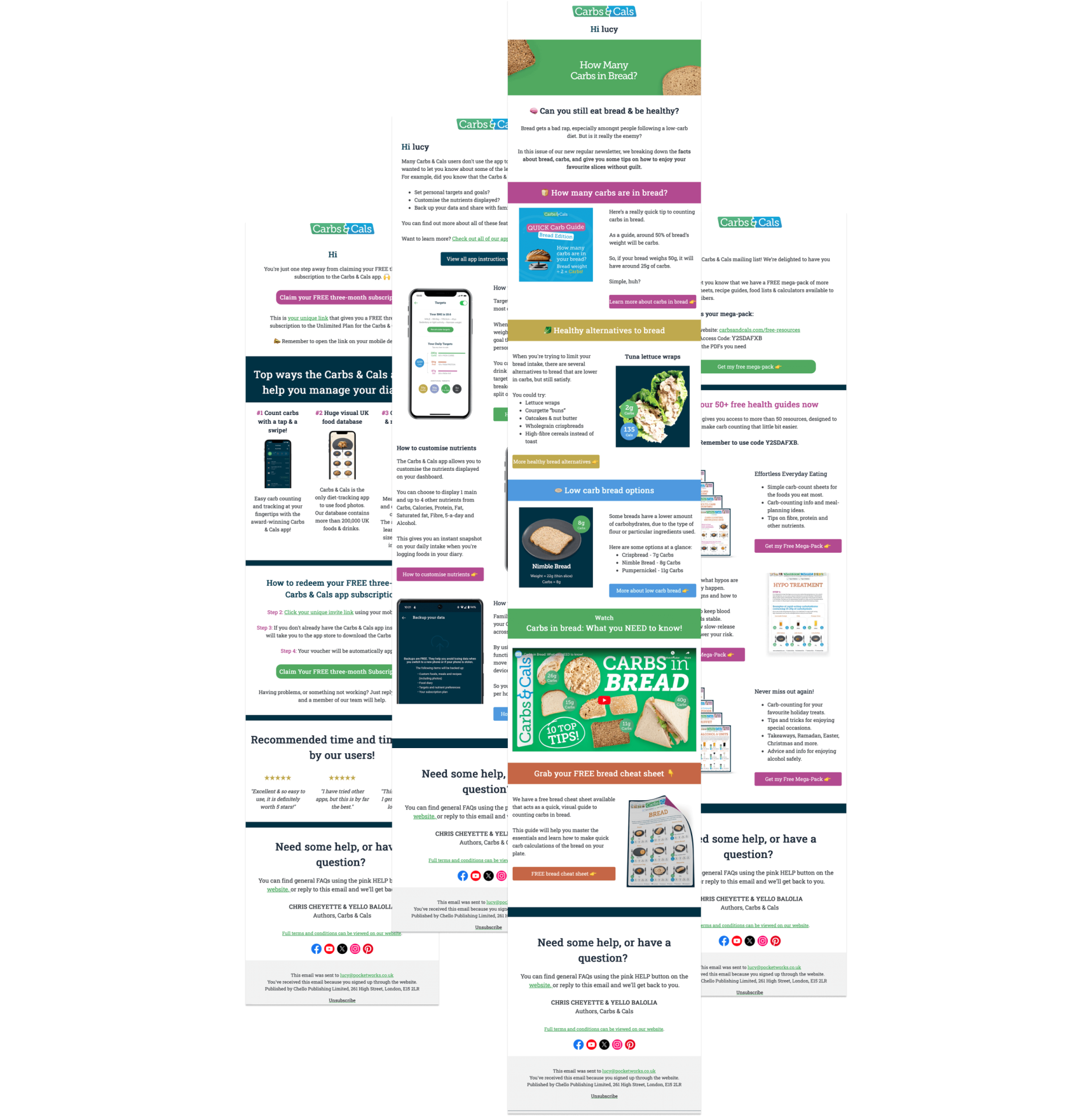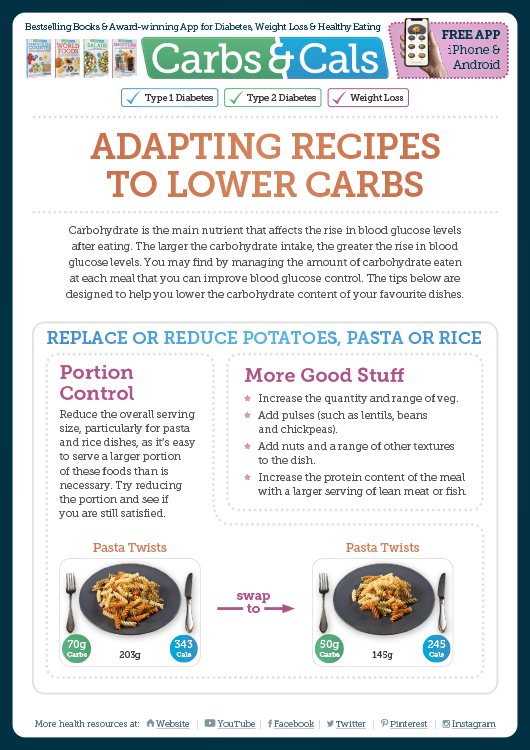Managing carbohydrate intake is a cornerstone of living well with diabetes. Following a low carb diet doesn’t have to mean sacrificing the joy of eating your favourite meals.
With a few clever recipe adaptations, you can enjoy delicious, satisfying low carb recipes while stabilising your blood sugar levels and supporting your overall health. This guide offers practical tips to reduce carbs in your home-cooked meals without compromising flavour.
This article explores six key strategies to adapt recipes for a lower-carb lifestyle. From veggie swaps to portion control, these tips are designed to fit seamlessly into your daily cooking routine. Plus, we’ll share how the Carbs & Cals app, our free nutrition mega-pack, and Carb & Calorie Counter books can make your low carb journey even easier.
Contents
How can low carb recipes help manage diabetes?
1. Low carb vegetarian recipes
2. Rethink bread, wraps, and pastry
3. Reduce flour, or use low carb flour when baking
4. Boost nutrition with more good stuff
5. Be smart with sauces and condiments
6. Master portion control
Adapting to low carb recipes can have a big impact
How can low carb recipes help manage diabetes?
For people with type 1 or type 2 diabetes, managing carbohydrate intake is essential for blood sugar control.
Carbs break down into glucose, which directly impacts blood sugar levels. Reducing carbs may help prevent spikes and maintain more stable glucose readings. A lower-carb diet can support weight management, improve energy levels, and reduce the risk of diabetes-related complications.
The good news? You don’t need to overhaul your entire diet. Small, sustainable changes to your favourite recipes can make a big difference.
Let’s dive into the six easy ways to adapt your recipes for a low carb lifestyle.
1. Low carb vegetarian recipes: Swap starchy carbs for veggie alternatives
Starchy carbohydrates like pasta, rice, and potatoes are staples in many UK diets, but they’re high in carbs and can cause blood sugar spikes. Fortunately, there are plenty of low carb vegetable alternatives that are just as tasty and versatile:
- Courgetti (spiralised courgette): Swap spaghetti for courgetti, which has significantly fewer carbs and adds a fresh, light texture to dishes like bolognese or carbonara. A spiraliser makes this easy, or you can buy pre-spiralised courgetti in most UK supermarkets.
- Cauliflower rice: Replace white or brown rice with cauliflower rice for a low-carb base in curries, stir-fries, or pilafs. Simply grate or blitz cauliflower in a food processor, then lightly cook it for a fluffy texture.
- Celeriac or swede mash: Instead of mashed potatoes, try celeriac or swede mash for a creamy, low-carb side dish that pairs perfectly with roasts or stews.
- Aubergine or courgette slices: Use thin slices of aubergine or courgette instead of lasagne sheets for a hearty, low-carb lasagne packed with flavour.
These veggie swaps cut carbs and boost fibre, vitamins, and minerals, supporting overall health. For inspiration, check out the Carbs & Cals app for visual portion guides and low-carb recipe ideas.
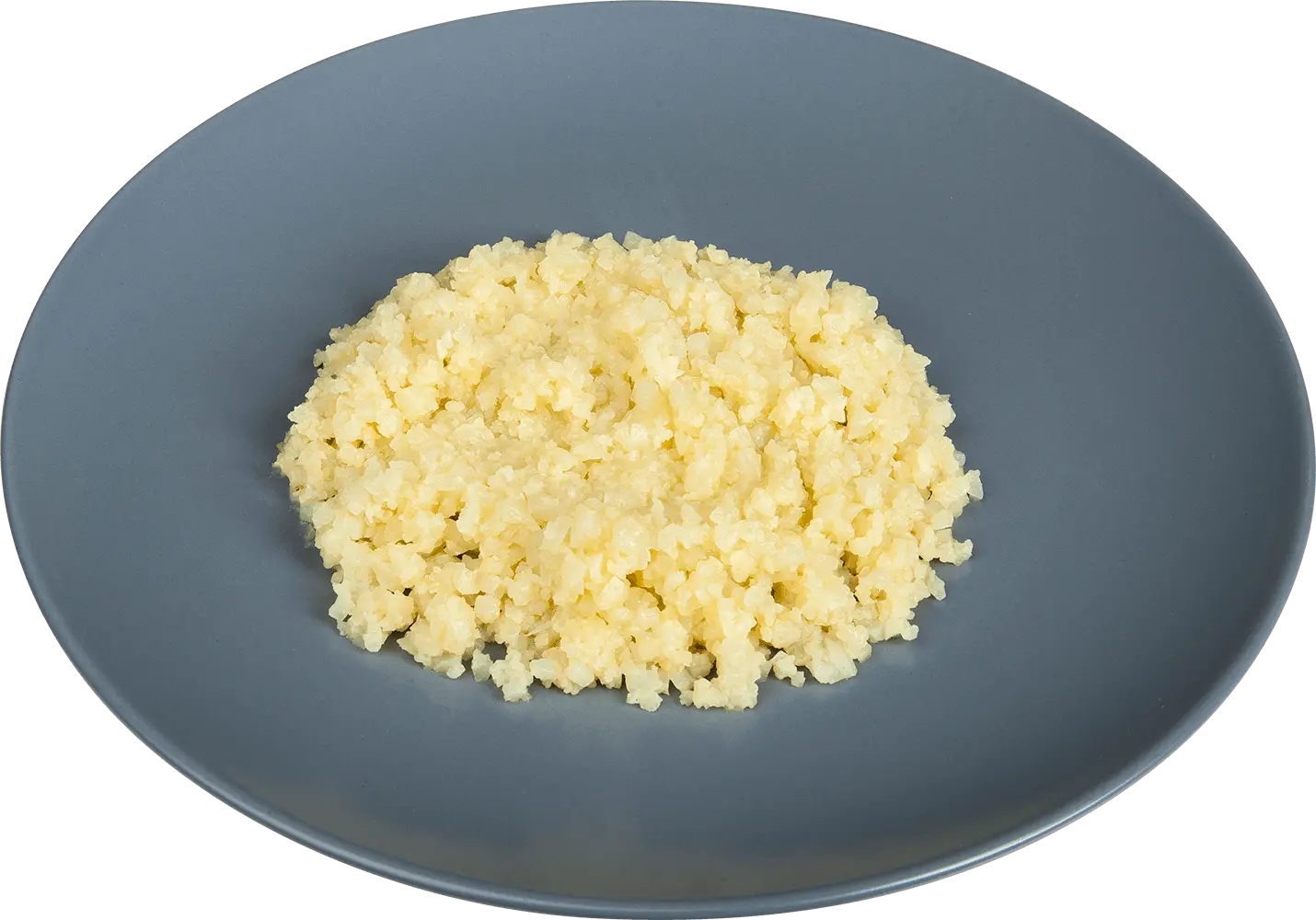
4g
Carbs
Cauliflower Rice
(Boiled)
Weight = 150g
Carbs = 4g / Cals = 389
Fibre = 4g / Protein = 3g
2. Rethink bread, wraps, and pastry
Bread, wraps, and pastries are often hidden sources of carbs in meals. A single slice of white bread can contain 15 – 20g of carbs, and traditional pastry is even higher. Here’s how to make smarter choices:
- Open sandwiches: To halve the carb content, use one slice of high-fibre bread instead of two. Good options include rye bread or wholegrain bread. Top with protein-rich fillings like tuna, chicken, or egg, and add salad and tomato for a balanced meal.
- Lettuce wraps: Swap flour tortillas or wraps for large leaves, such as romaine or iceberg, for a crisp, carb-free alternative. Perfect for fajitas or sandwich fillings.
- Low carb tortillas: Look for low carb tortillas in supermarkets, often made with almond flour or coconut flour.
- Crustless quiches and pies: Skip the pastry base for quiches and pies, or use a thin layer of filo pastry for a lighter, lower-carb crust.
These tweaks let you enjoy your favourite dishes with fewer carbs, keeping your blood sugar in check.
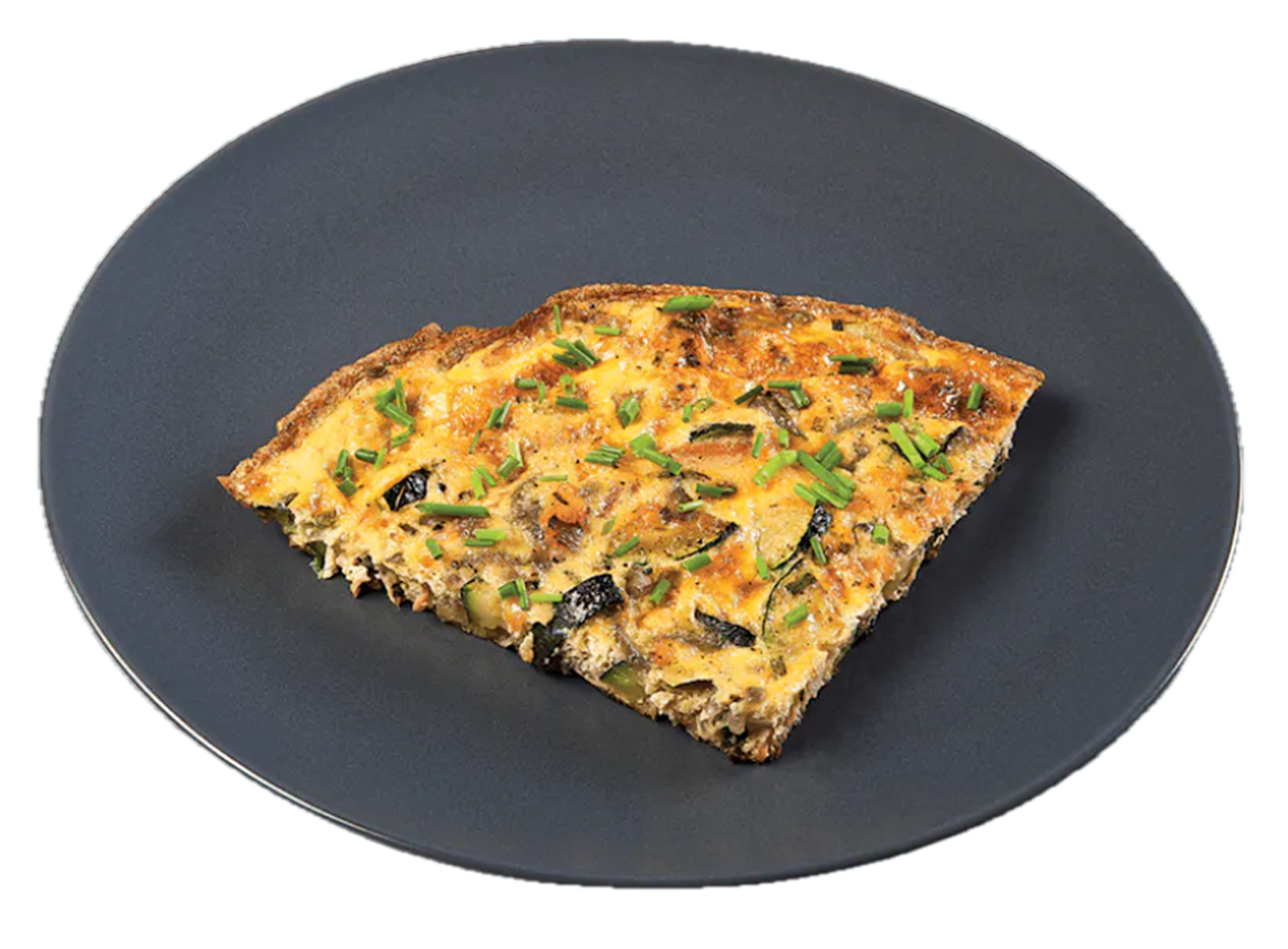
4g
Carbs
Salmon Frittata
Weight = 145g
Carbs = 4g / Cals = 242
Fibre = 1g / Protein = 18g
17g Fat / 4g SatFat
3. Reduce flour, or use low carb flour when baking
Baking can be challenging when trying to lower your carb intake, as traditional flour is carb-heavy. However, low carb flours and clever ingredient swaps can transform your baked goods:
- Almond or coconut flour: Ground almonds or coconut flour are excellent low-carb alternatives for cakes, muffins, or bread. They’re naturally gluten-free and add a nutty flavour.
- Soy flour or flaxseed: Soy flour or ground flaxseed (also called linseed) can be used in small amounts for a protein-packed, low-carb boost.
- Bulk with veggies or cheese: Reduce flour by adding grated vegetables like courgette or carrots, or extra cheese for moisture and structure in savoury bakes.
Note that low carb flours behave differently in recipes, so using recipes specifically designed for them is best.
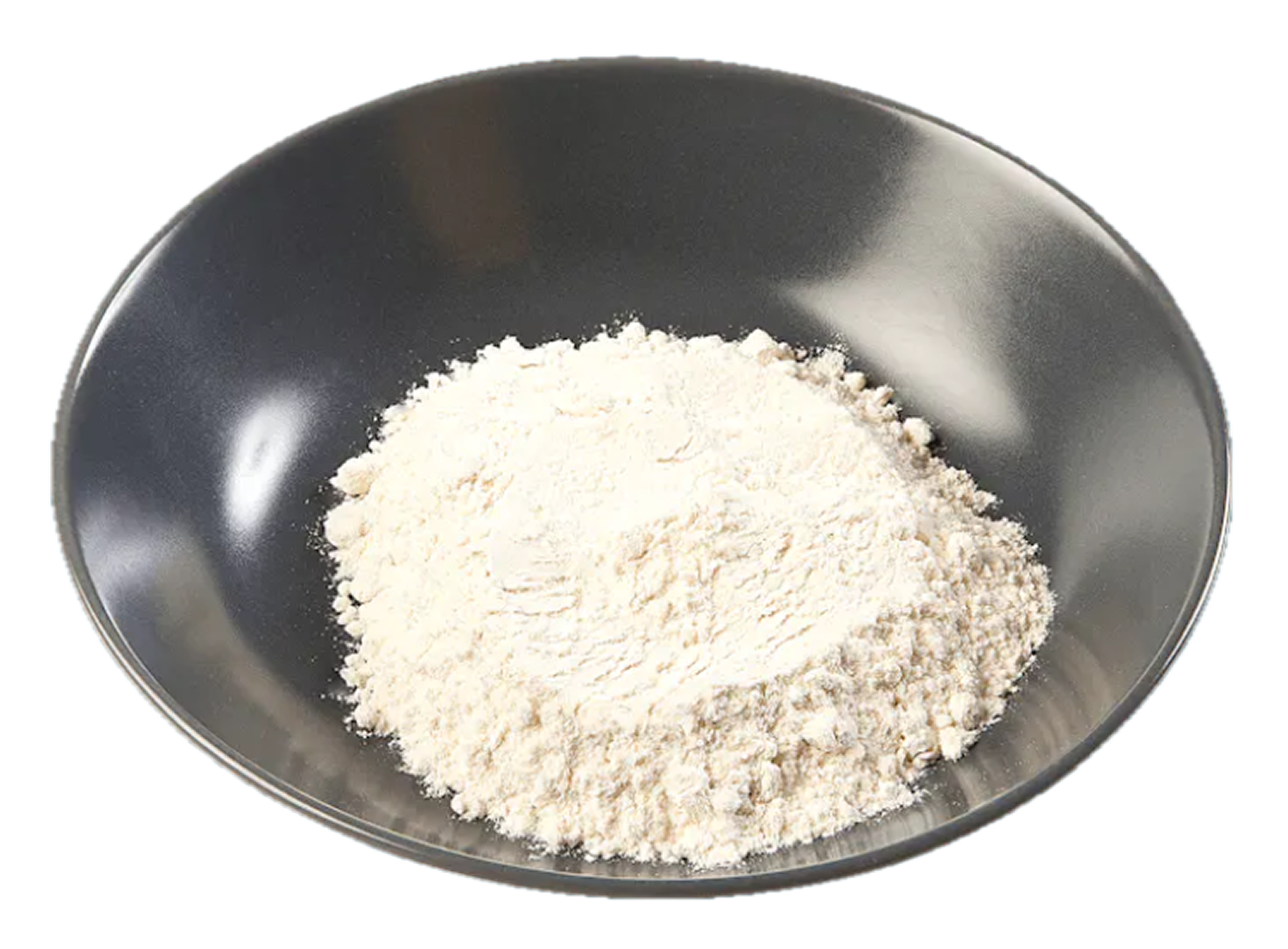
44g
Carbs
Coconut Flour
Weight = 100g
Carbs = 44g / Cals = 386
Fibre = 35g / Protein = 17g
11g Fat / 10g SatFat
4. Boost nutrition with more good stuff
Lowering carbs doesn’t mean skimping on flavour or satisfaction. By bulking up your meals with nutrient-dense ingredients, you can create balanced, filling dishes:
- Increase vegetables: Add various colourful vegetables like spinach, kale, broccoli, or peppers to boost fibre and antioxidants. These low carb additions make meals more filling without spiking blood sugar.
- Include pulses: Lentils, beans, and chickpeas are nutritious and high in fibre and protein.
- Add unsalted nuts: A handful of mixed, unsalted nuts (like almonds, walnuts, or pecans) adds healthy fats, protein, and crunch to salads or snacks.
- Up the protein: To keep meals satisfying whilst lowering carbs, include lean meats, fish, eggs, or plant-based proteins like tofu or tempeh.
These additions make your meals more nutrient-dense, helping you feel full longer while keeping carbs low.
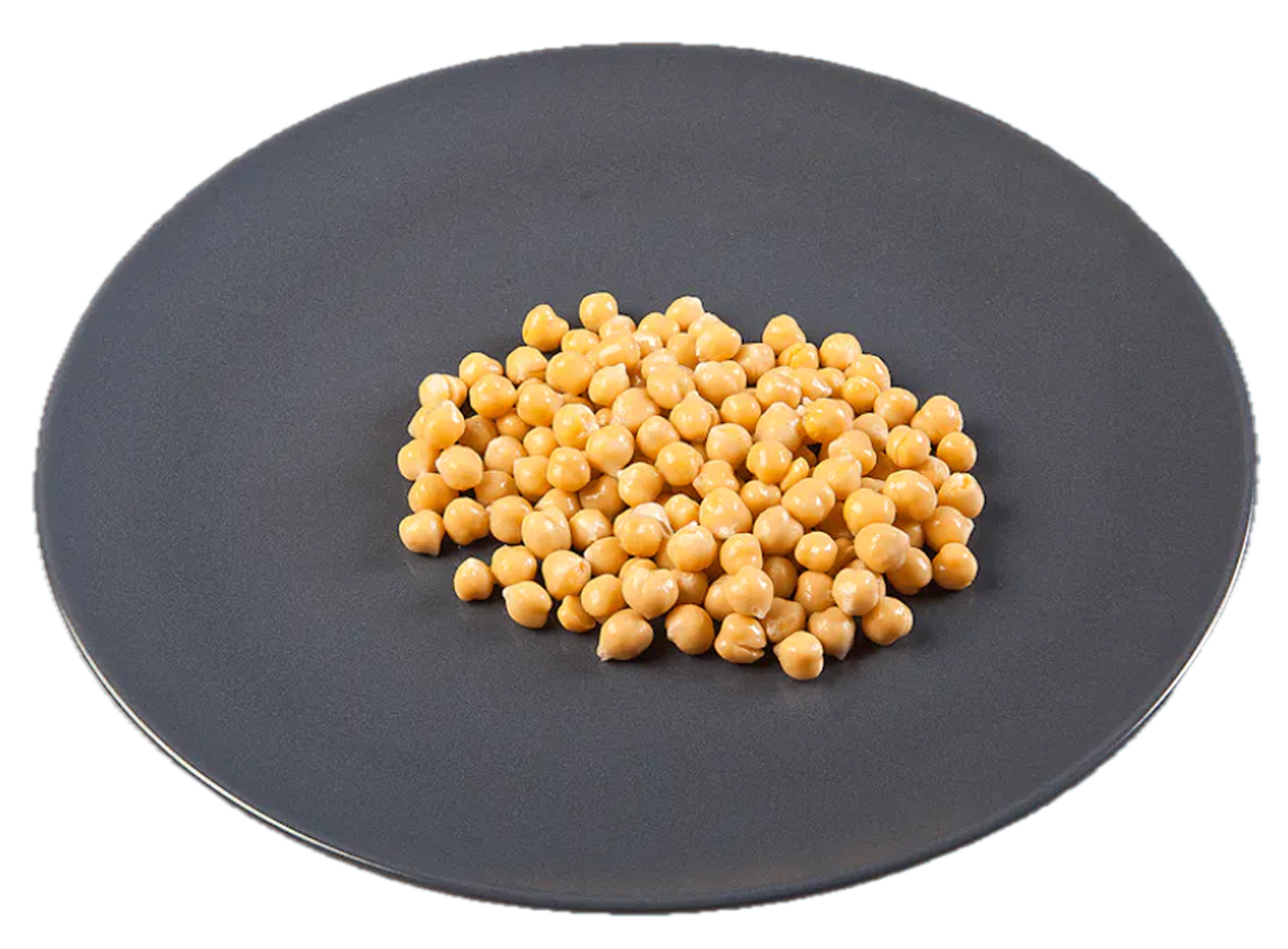
13g
Carbs
Chickpeas
Weight = 80g
Carbs = 13g / Cals = 92
Fibre = 4g / Protein = 6g
5. Be smart with sauces and condiments
Sauces and condiments can sneakily add carbs through hidden sugars. A tablespoon of ketchup or sweet chilli sauce can contain 5–10g of carbs. Here’s how to keep the flavour without the carbs:
- Make your own sauces: Create homemade sauces using fresh tomatoes, garlic, herbs, and spices. A simple tomato sauce with basil and olive oil is low-carb and versatile.
- Low carb flavour boosters: To add zest without carbs, use mustard, vinegar, lemon juice, or pesto. These work well in dressings, marinades, or as a drizzle over cooked dishes.
- Check labels: When buying ready-made sauces, check nutrition labels for hidden sugars and opt for sugar-free or low-carb versions.
Experimenting with herbs and spices can elevate your dishes without adding carbs, making your meals diabetes-friendly and delicious.
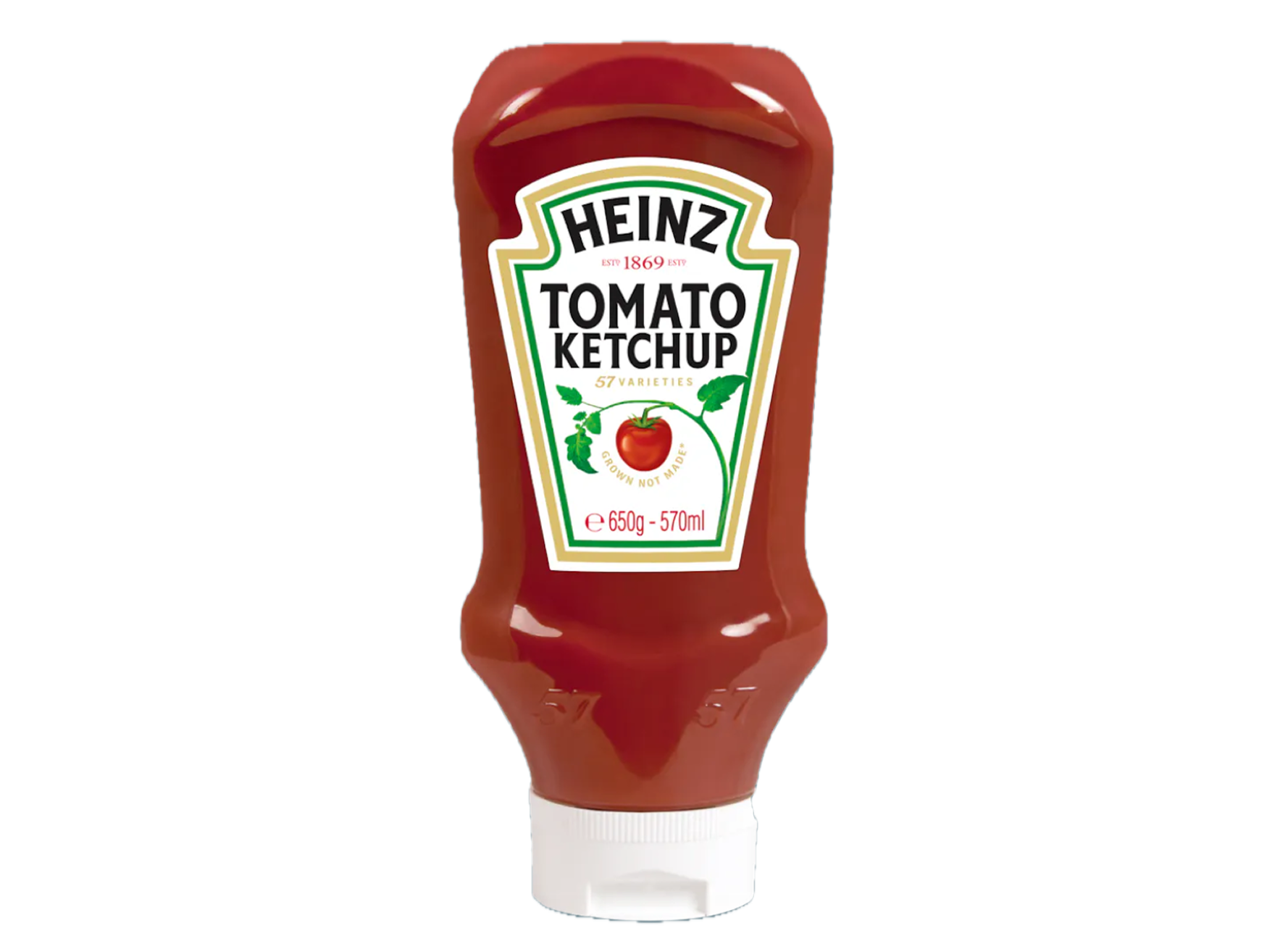
7g
Carbs
Heinz Tomato Ketchup
(Regular)
Weight = 30g / 2 tbsp
Carbs = 7g / Cals = 31
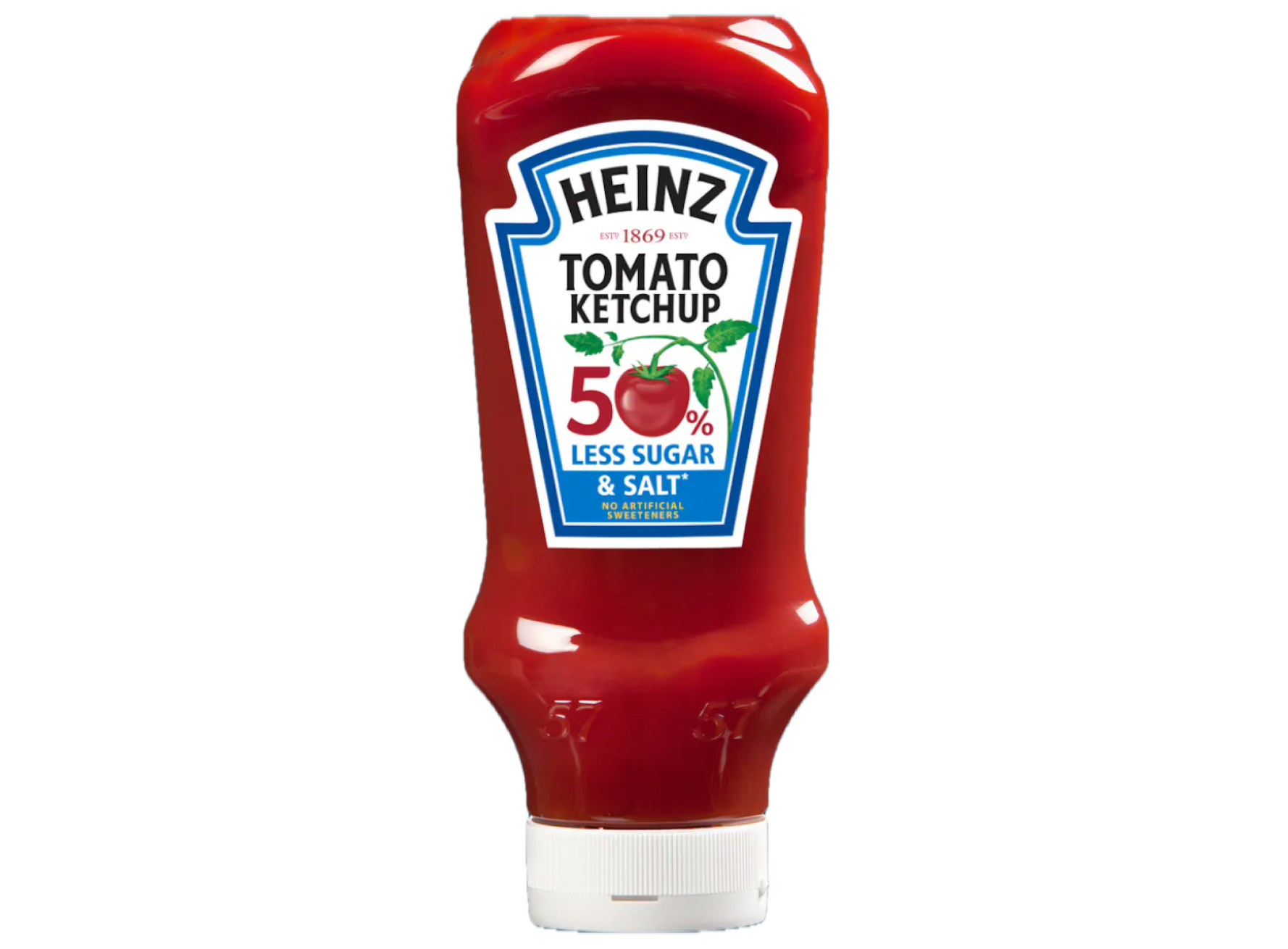
4g
Carbs
Heinz Tomato Ketchup
(50% less sugar & salt)
Weight = 30g / 2 tbsp
Carbs = 4g / Cals = 19
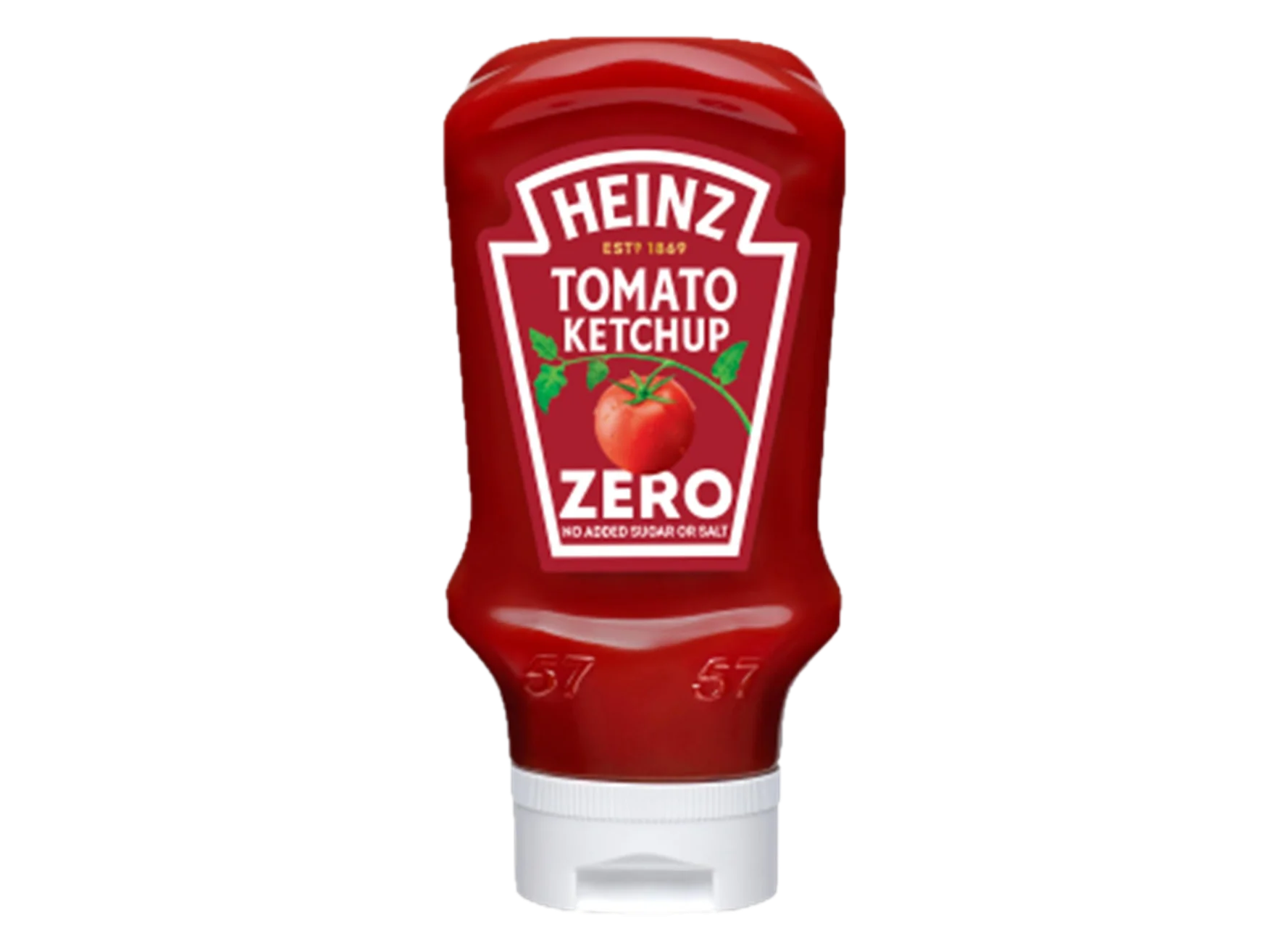
2g
Carbs
Heinz Tomato Ketchup
(no added sugar & salt)
Weight = 30g / 2 tbsp
Carbs = 2g / Cals = 14
6. Master portion control
Portion control is key to managing carb intake and blood sugar. Here are some tips:
- Use visual guides: The Carbs & Cals app and book provide visual portion size guides to help you estimate carbs accurately. This is especially useful for starchy foods like rice, pasta, or potatoes.
- Follow the plate rule: Aim for no more than one-third of your plate to contain starchy carbs. Fill the rest with vegetables and protein for a balanced meal.
- Measure mindfully: Use measuring cups, spoons, or a food scale to monitor portions.
Small, consistent changes to portion sizes can significantly impact blood sugar control and overall health.
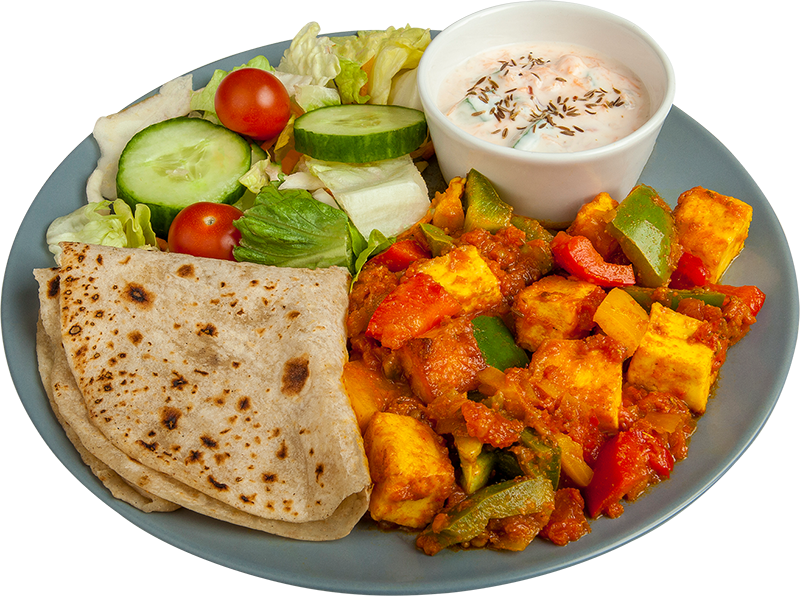
Adapting to low carb recipes can have a big impact
Adapting recipes to lower carbs is about making smart swaps and mindful choices. By incorporating veggie alternatives, rethinking breads and pastries, using low-carb flours, boosting nutrition, choosing low-carb sauces, and mastering portion control, you can enjoy tasty meals without feeling deprived.
For more inspiration, download our free resource, Adapting Recipes to Lower Carbs. It contains practical tips and food swaps, making it a great resource to keep in your kitchen for quick reference.
Start experimenting with these tips today, and discover how easy it is to adapt your favourite recipes to a lower-carb intake.
Want to Learn More?
Grab a Copy of Carb & Calorie Counter
The multi-award-winning Carb & Calorie Counter book is your definitive, expert-approved guide to carb and calorie counting.
- Over 1700+ high-quality food photos
- Up to six portion sizes per food
- At-a-glance carbs and key nutrients
- The Original #1 Bestseller
With the “Carb-Counting Bible”, a single flick of the page is all you need to plan nutritious, carb-counted meals.
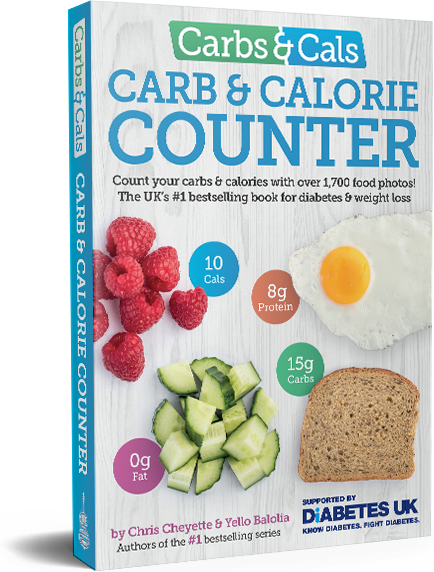
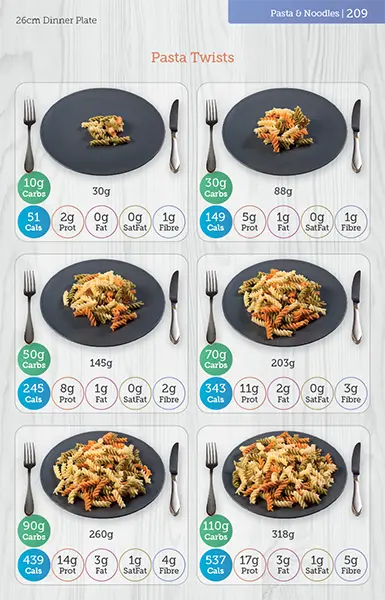
Contains hundred of portion photos to help you manage carbs!
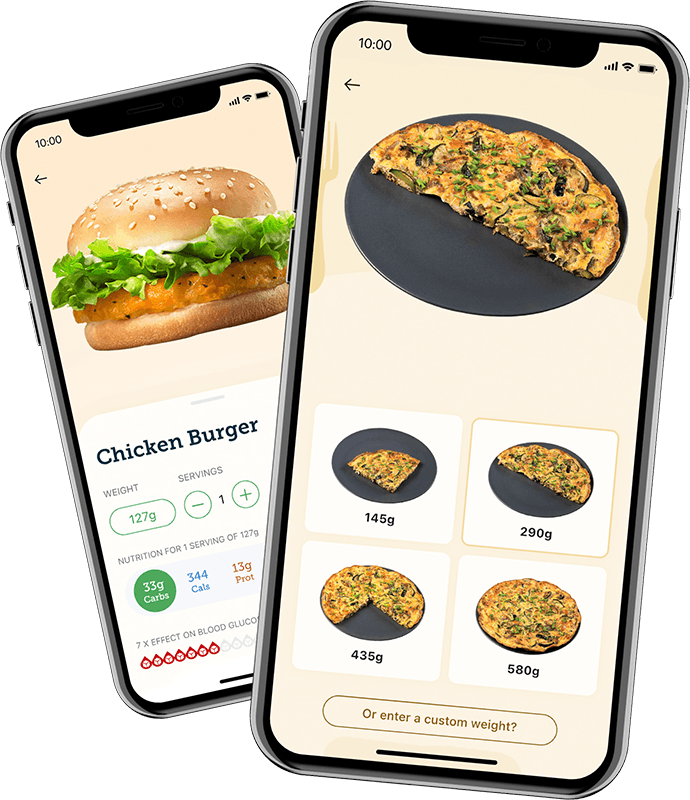
Sign up to the Carbs & Cals mailing list
Want to learn more about carb counting and the role of food in managing your health? Sign up to our mailing list!
